Matjaz Perc
Evolutionary mechanisms that promote cooperation may not promote social welfare
Aug 09, 2024
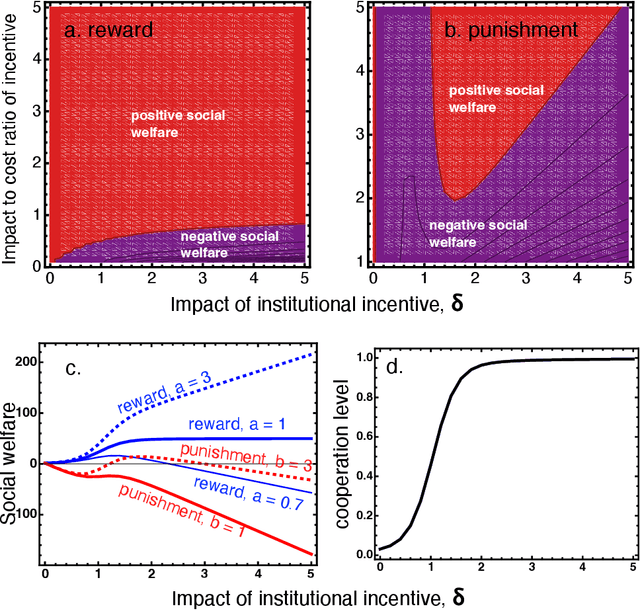
Abstract:Understanding the emergence of prosocial behaviours among self-interested individuals is an important problem in many scientific disciplines. Various mechanisms have been proposed to explain the evolution of such behaviours, primarily seeking the conditions under which a given mechanism can induce highest levels of cooperation. As these mechanisms usually involve costs that alter individual payoffs, it is however possible that aiming for highest levels of cooperation might be detrimental for social welfare -- the later broadly defined as the total population payoff, taking into account all costs involved for inducing increased prosocial behaviours. Herein, by comparatively analysing the social welfare and cooperation levels obtained from stochastic evolutionary models of two well-established mechanisms of prosocial behaviour, namely, peer and institutional incentives, we demonstrate exactly that. We show that the objectives of maximising cooperation levels and the objectives of maximising social welfare are often misaligned. We argue for the need of adopting social welfare as the main optimisation objective when designing and implementing evolutionary mechanisms for social and collective goods.
Language-based game theory in the age of artificial intelligence
Mar 13, 2024Abstract:Understanding human behaviour in decision problems and strategic interactions has wide-ranging applications in economics, psychology, and artificial intelligence. Game theory offers a robust foundation for this understanding, based on the idea that individuals aim to maximize a utility function. However, the exact factors influencing strategy choices remain elusive. While traditional models try to explain human behaviour as a function of the outcomes of available actions, recent experimental research reveals that linguistic content significantly impacts decision-making, thus prompting a paradigm shift from outcome-based to language-based utility functions. This shift is more urgent than ever, given the advancement of generative AI, which has the potential to support humans in making critical decisions through language-based interactions. We propose sentiment analysis as a fundamental tool for this shift and take an initial step by analyzing 61 experimental instructions from the dictator game, an economic game capturing the balance between self-interest and the interest of others, which is at the core of many social interactions. Our meta-analysis shows that sentiment analysis can explain human behaviour beyond economic outcomes. We discuss future research directions. We hope this work sets the stage for a novel game theoretical approach that emphasizes the importance of language in human decisions.
Machine Learning Partners in Criminal Networks
Sep 07, 2022



Abstract:Recent research has shown that criminal networks have complex organizational structures, but whether this can be used to predict static and dynamic properties of criminal networks remains little explored. Here, by combining graph representation learning and machine learning methods, we show that structural properties of political corruption, police intelligence, and money laundering networks can be used to recover missing criminal partnerships, distinguish among different types of criminal and legal associations, as well as predict the total amount of money exchanged among criminal agents, all with outstanding accuracy. We also show that our approach can anticipate future criminal associations during the dynamic growth of corruption networks with significant accuracy. Thus, similar to evidence found at crime scenes, we conclude that structural patterns of criminal networks carry crucial information about illegal activities, which allows machine learning methods to predict missing information and even anticipate future criminal behavior.
From Outcome-Based to Language-Based Preferences
Jun 15, 2022



Abstract:We review the literature on models that try to explain human behavior in social interactions described by normal-form games with monetary payoffs. We start by covering social and moral preferences. We then focus on the growing body of research showing that people react to the language in which actions are described, especially when it activates moral concerns. We conclude by arguing that behavioral economics is in the midst of a paradigm shift towards language-based preferences, which will require an exploration of new models and experimental setups.
Cooperation in the spatial prisoner's dilemma game with probabilistic abstention
Dec 10, 2018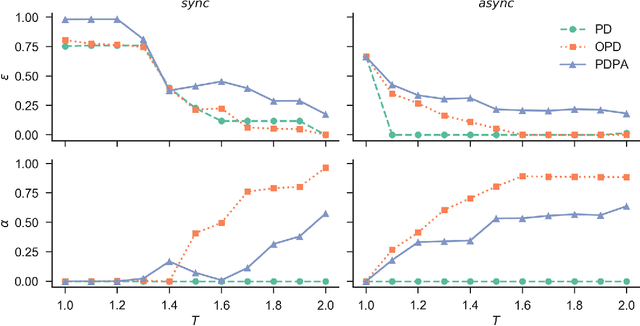
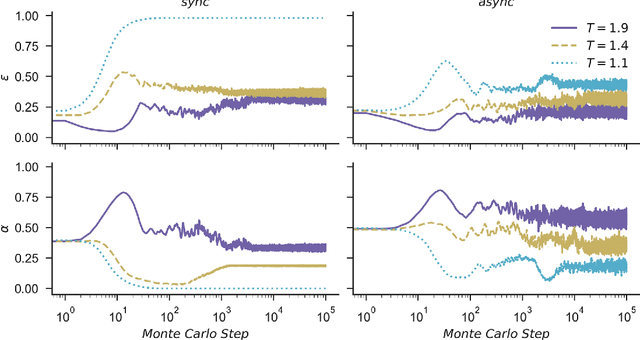
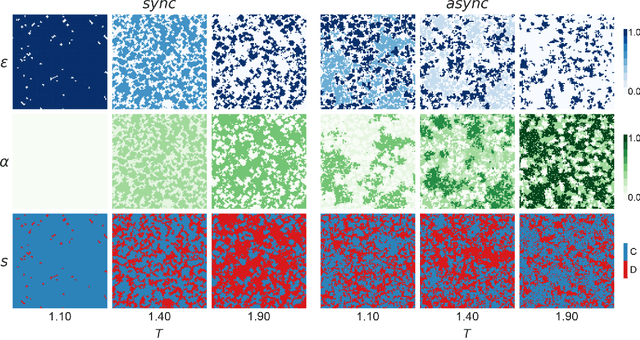
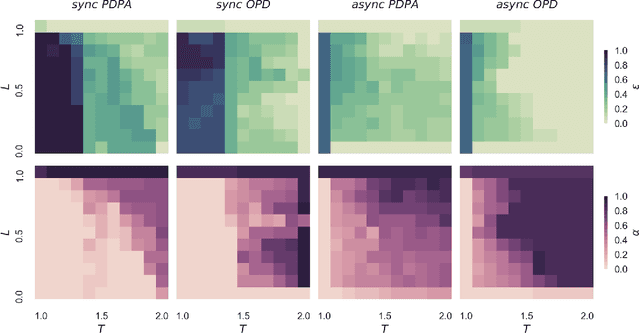
Abstract:Research has shown that the addition of abstention as an option transforms social dilemmas to rock-paper-scissor type games, where defectors dominate cooperators, cooperators dominate abstainers (loners), and abstainers (loners), in turn, dominate defectors. In this way, abstention can sustain cooperation even under adverse conditions, although defection also persists due to cyclic dominance. However, to abstain or to act as a loner has, to date, always been considered as an independent, third strategy to complement traditional cooperation and defection. Here we consider probabilistic abstention, where each player is assigned a probability to abstain in a particular instance of the game. In the two limiting cases, the studied game reverts to the prisoner's dilemma game without loners or to the optional prisoner's dilemma game. For intermediate probabilities, we have a new hybrid game, which turns out to be most favorable for the successful evolution of cooperation. We hope this novel hybrid game provides a more realistic view of the dilemma of optional/voluntary participation.
* 7 pages, 4 figures; published in Scientific Reports
Languages cool as they expand: Allometric scaling and the decreasing need for new words
Dec 11, 2012


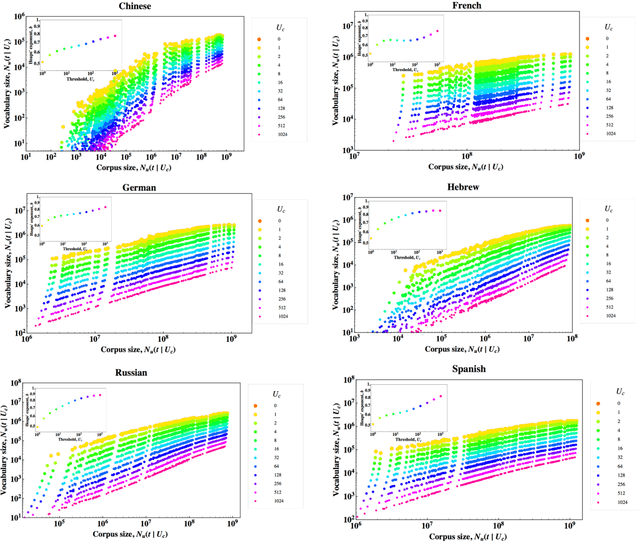
Abstract:We analyze the occurrence frequencies of over 15 million words recorded in millions of books published during the past two centuries in seven different languages. For all languages and chronological subsets of the data we confirm that two scaling regimes characterize the word frequency distributions, with only the more common words obeying the classic Zipf law. Using corpora of unprecedented size, we test the allometric scaling relation between the corpus size and the vocabulary size of growing languages to demonstrate a decreasing marginal need for new words, a feature that is likely related to the underlying correlations between words. We calculate the annual growth fluctuations of word use which has a decreasing trend as the corpus size increases, indicating a slowdown in linguistic evolution following language expansion. This "cooling pattern" forms the basis of a third statistical regularity, which unlike the Zipf and the Heaps law, is dynamical in nature.
* 9 two-column pages, 7 figures; accepted for publication in Scientific Reports
Evolution of the most common English words and phrases over the centuries
Dec 07, 2012



Abstract:By determining which were the most common English words and phrases since the beginning of the 16th century, we obtain a unique large-scale view of the evolution of written text. We find that the most common words and phrases in any given year had a much shorter popularity lifespan in the 16th than they had in the 20th century. By measuring how their usage propagated across the years, we show that for the past two centuries the process has been governed by linear preferential attachment. Along with the steady growth of the English lexicon, this provides an empirical explanation for the ubiquity of the Zipf's law in language statistics and confirms that writing, although undoubtedly an expression of art and skill, is not immune to the same influences of self-organization that are known to regulate processes as diverse as the making of new friends and World Wide Web growth.
* 6 two-column pages, 4 figures; accepted for publication in Journal of the Royal Society Interface [tables available at http://www.matjazperc.com/ngrams]
 Add to Chrome
Add to Chrome Add to Firefox
Add to Firefox Add to Edge
Add to Edge